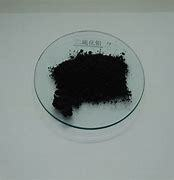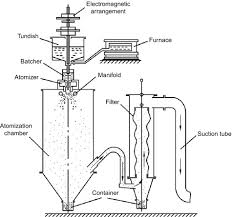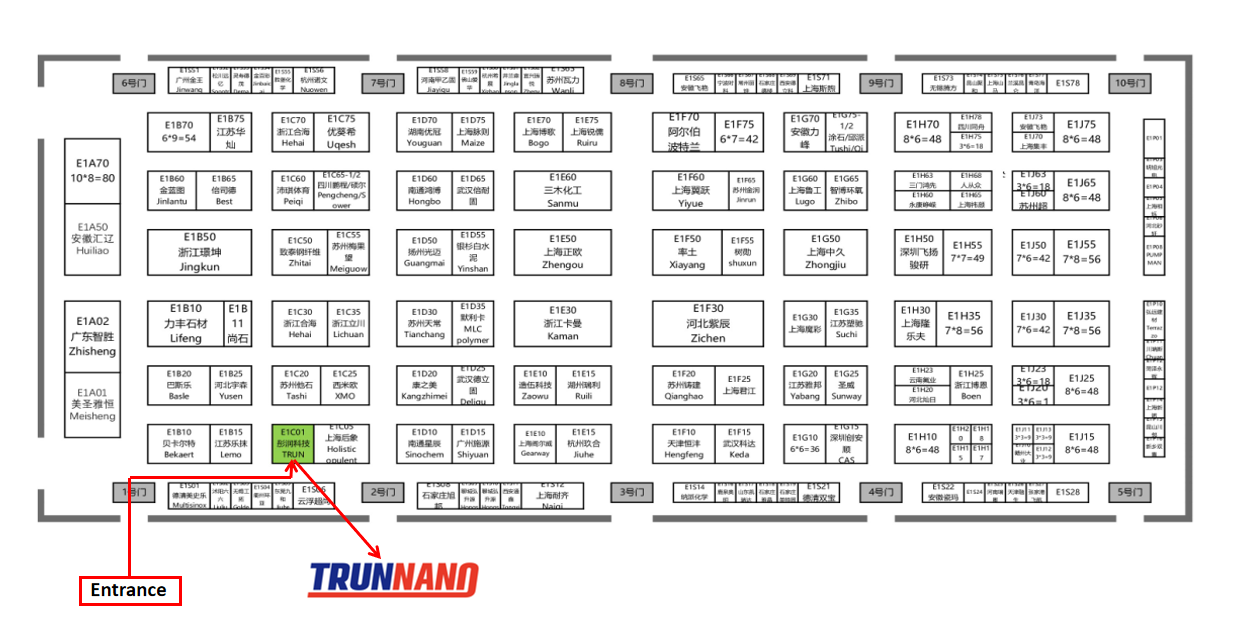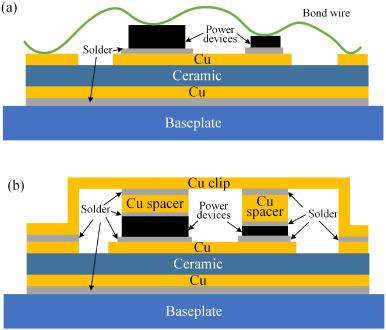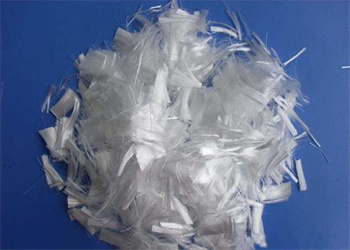Graphene, which is made up of a sole layer of carbon atoms, is a well-known two-dimensional substance known for its remarkable electrical, mechanical, and optical characteristics. But you know what? In addition to graphene, there is a class of two-dimensional materials called MXenes, which are composed of transition metals and carbon or nitrogen atoms. This material not only has an ultra-thin morphology and highly conductive properties but its performance can also be controlled by changing its surface function. MXene has broad application prospects in energy storage, electromagnetic shielding, optoelectronic devices, water treatment, catalysis, medicine, and other fields
What is MXene?
It is a two-dimensional transition metal carbide, nitride or carbonitride with a general chemical formula of M n+1 is a surface functional group (e.g., F, -O, -OH). MXene is produced from layered ceramic precursors, typically M n+1 AX n (MAX) phase materials, where A is a Group 11-16 element (e.g., Al, Si, P, S, Ga, Ge, As, Cd, In, Sn, Tl, Pb), n is 1-4. These precursors have a layered hexagonal structure in which M layers are nearly close-packed and X atoms fill the octahedral gaps. Therefore, the M n+1 X n layers are staggered with the A elements, and there are metallic bonds between the A elements and the M elements. By selectively etching away the A element and part of the X element, MXene can be obtained.
What are the characteristics of MXene?
First, they have an ultrathin morphology, only a few atomic layers thick, which gives them a high specific surface area and flexibility. Second, they have highly conductive properties comparable to metals, which provides them with great advantages in electronic devices and energy storage. Third, they can regulate their properties by changing surface functional groups, such as changing hydrophilicity and hydrophobicity, electrochemical activity, magnetism, etc. Fourth, they can be synthesized in a variety of ways, not limited to the MAX phase, but can also use other non-MAX layered materials as precursors or introduce defects such as double transition metals or vacancies in MXene to increase diversity.

To better understand the synthesis and performance of MXenes, we need to characterize them. The first step in characterizing MXene products is visual assessment, the importance of which is often overlooked in final MXene product characterization. The conversion from the MAX phase to MXene (even in the multilayered form) results in an apparent, visually noticeable color change. While the MAX phase is typically gray, all MXenes will have unique colors related to their optical properties, depending on their structure and composition. For example, with Ti-based MXenes (Ti3C2Tx or Ti2CTx), a “milky” or white appearance of the solution is a sign of oxidation and formation of TiO2. In some cases, such as for V-based MXenes, after removal of the MXene flakes, the supernatant color changes due to dissolved vanadium species, another indicator of the degradation process.

In addition to visual assessment, many other characterization methods can be used to analyze the structure, morphology, composition, function, and performance of MXenes. For example, X-ray diffraction (XRD) can be used to determine the crystal structure and layer spacing of MXene; scanning electron SEM (microscope) and TEM (transmission electron microscope) can be used to observe the morphology and thickness of MXene; X-ray photoelectron spectroscopy ( XPS) and Raman spectroscopy (Raman) can be used to analyze the chemical composition and surface functions of MXene; electrochemical tests can be used to evaluate the capacitance, resistance, electrode reaction, etc. of MXene; spectroscopic tests can be used to measure the absorption, emission, and Reflection and other optical properties.

Through the synthesis and characterization analysis of MXene, we can deeply understand of the characteristics and potential of this new two-dimensional material. We look forward to more researchers joining this field and exploring more MXene precursors, synthesis methods, functional regulation and application scenarios.
Supplier
TRUNNANO is a supplier of MAX phases and MXene with over 12 years experience in nano-building energy conservation and nanotechnology development. It accepts payment via Credit Card, T/T, West Union and Paypal. Trunnano will ship the goods to customers overseas through FedEx, DHL, by air, or by sea. If you are looking for high-quality lMAX phases and MXene, please feel free to contact us and send an inquiry.




